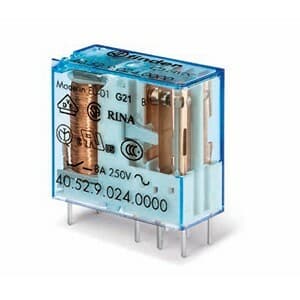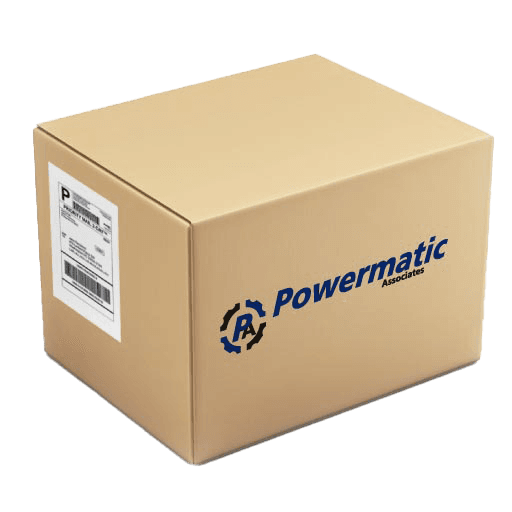| CA2SK11Q7 Schneider Electric CA2SK11Q7 is a control relay with a mechanical durability of ... | Schneider Electric | | |
| CA4KN403EW3 Schneider Electric CA4KN403EW3 is a contactor with a mechanical durability of 30... | Schneider Electric | | |
| CA4KN317SW3 Schneider Electric CA4KN317SW3 is a contactor designed for plate DIN rail mounti... | Schneider Electric | | |
| CA3KN40MUD Schneider Electric CA3KN40MUD is a contactor with a mechanical durability of 20,... | Schneider Electric | | |
| CA3KN405FD Schneider Electric CA3KN405FD is a contactor designed with a mechanical durabili... | Schneider Electric | | |
| REXL4TMJD Schneider Electric REXL4TMJD is an analog timer featuring an ON-delay timer func... | Schneider Electric | | |
| SR2BTC01 Schneider Electric SR2BTC01 is a communications unit designed for the SR2 sub-ra... | Schneider Electric | | |
| SSP3A250B7R Schneider Electric SSP3A250B7R is a solid state relay (SSR) within the SSP sub-r... | Schneider Electric | | |
| SSP3A225B7RT Schneider Electric SSP3A225B7RT is a solid state relay (SSR) within the SSP sub-... | Schneider Electric | | |
| SSP1A4125BD Schneider Electric SSP1A4125BD is a solid state relay (SSR) within the SSP sub-r... | Schneider Electric | | |






